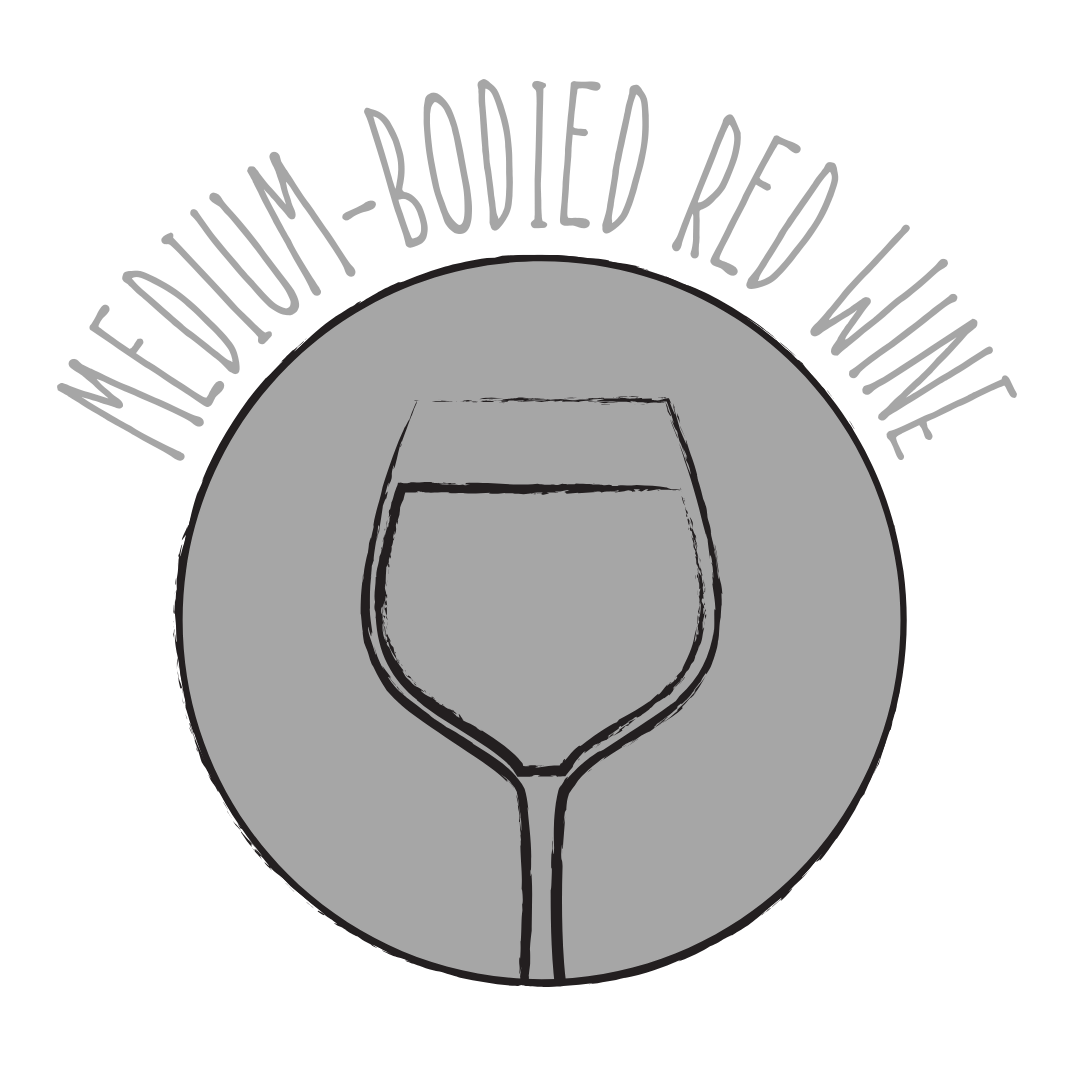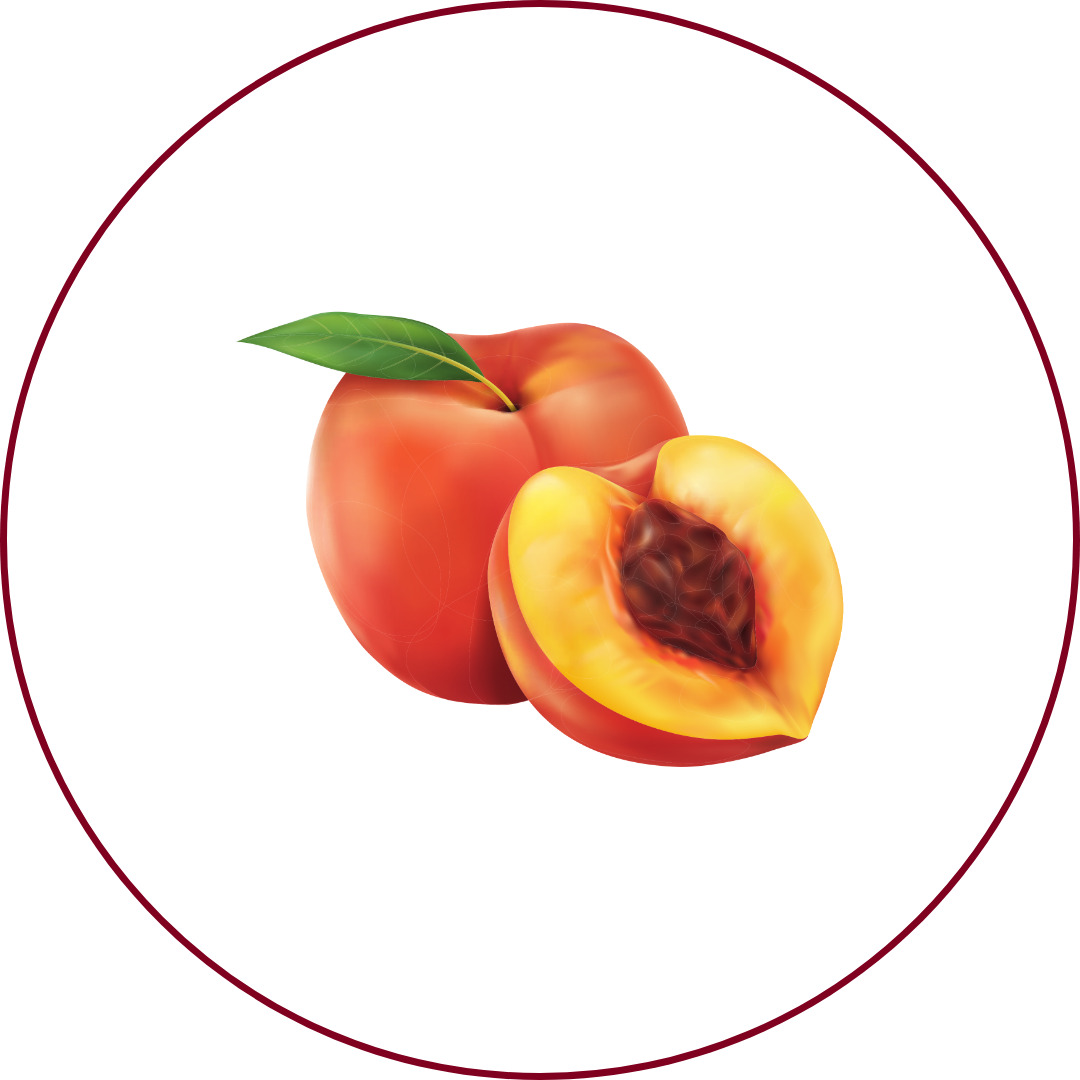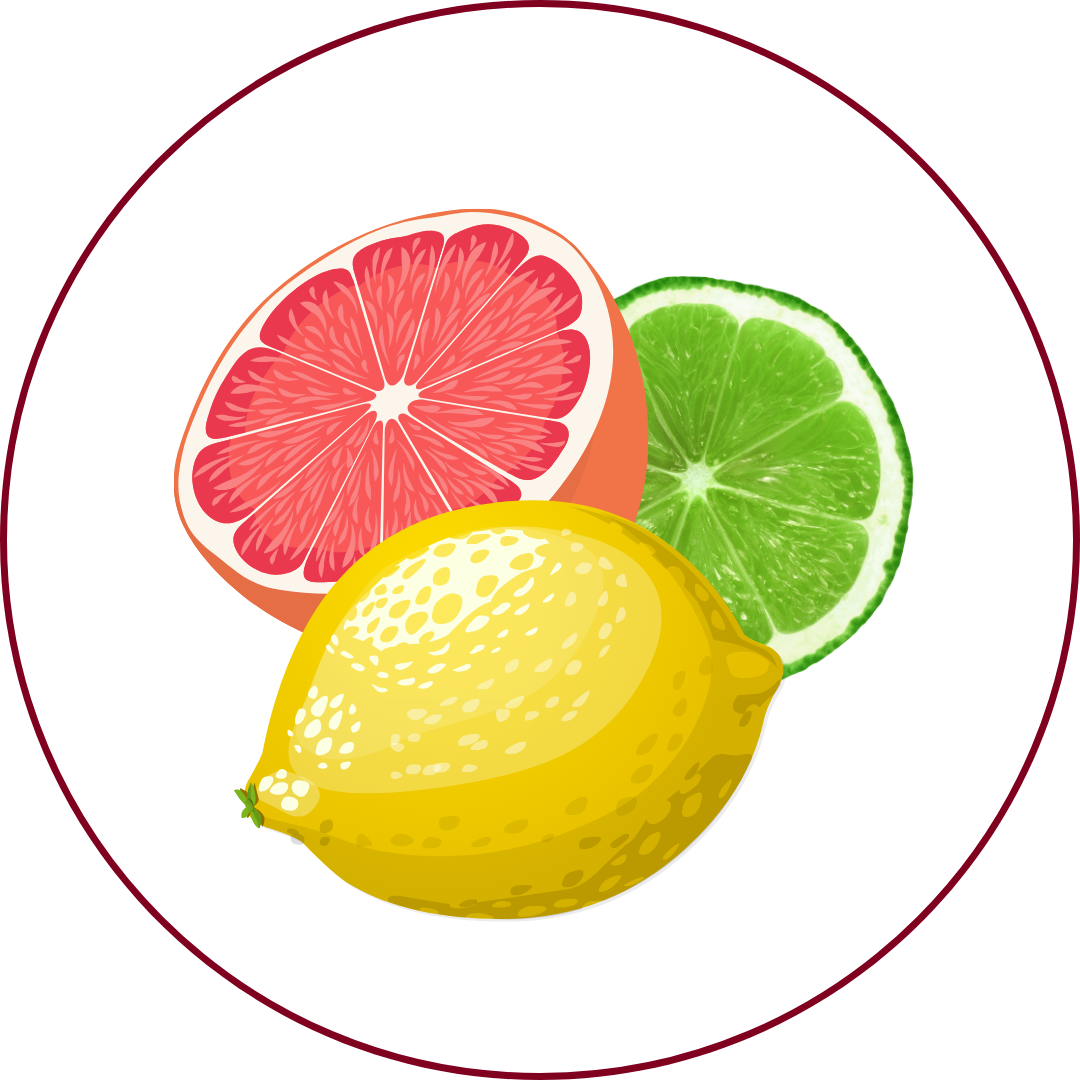Grape Variety
Liguria-Vermentino
"ver-men-TEE-noh"
Wine Styles
 Sparkling
Sparkling Light White
Light White Full White
Full White Aromatic
Aromatic Rosé
Rosé Light Red
Light Red Medium Red
Medium Red Full Red
Full Red Dessert
DessertAbout Liguria-Vermentino
Origin
Italy, particularly Liguria and Sardinia
History
Vermentino is a white grape variety predominantly grown in several Mediterranean wine regions, especially in Northern Italy and Sardinia. Its origins are not clear, but it appears to originate in either the North-East of Spain or Madeira. In Liguria, Vermentino is the most cultivated white variety, expressing its characteristic sunny aromas like nowhere else.
Appearance
Amber-yellow grapes hanging in pyramidal bunches.
Growing Traits
Vermentino is a semi-aromatic grape variety that loves the sea and the coasts of the Mediterranean. It thrives in warm, coastal conditions, often grown on slopes facing the sea where they can benefit from the additional reflected light. The vines are often grown on slopes facing the sea where they can benefit from the additional reflected light.
Wine Characteristics
Body
2/5
Sweetness
1/5
Tannin
0/5
Acidity
4/5
Alcohol
2/5
Light to medium-bodied with a crisp and refreshing profile, offering subtle complexity. Typically dry, highlighting its fresh and vibrant character. Negligible tannins, as it is a white grape variety, resulting in a clean finish. High acidity, providing brightness and a zesty profile. Moderate alcohol content, generally around 12-13%, ensuring balance and drinkability.
Taste Profile

Peach

Pineapple

Orange blossom

Chamomile

Citrus
Vermentino wines are known for their vibrant acidity and crispness. They often exhibit aromatic notes of citrus (lemon, lime), green apple, pear, and stone fruits. Floral notes and hints of Mediterranean herbs are also common. The wines typically have a mineral character, sometimes with a saline quality reflecting the coastal vineyards where they are often grown.
Food Pairing
Vermentino's high acidity and fresh flavors make it a versatile companion for various dishes. It pairs well with seafood, light salads, and grilled vegetables. Its subtle fruit flavors and moderate alcohol content complement a variety of light to medium-intensity dishes.
Growing Regions

Italy
LiguriaSardiniaTuscanyPiedmont

France
CorsicaProvenceLanguedoc-Roussillon
Notable Wines & Producers
Vermentino Colli di Luni DOC
Cantine Lunae Bosoni
Vermentino Riviera Ligure di Ponente DOC
Poggio dei Gorleri
Vermentino di Gallura DOCG
Cantina del Vermentino
Liguria-Vermentino FAQ
Common questions about this grape variety
What is the origin of Liguria-Vermentino?
+
Italy, particularly Liguria and Sardinia
Is Liguria-Vermentino wine full bodied?
+
Liguria-Vermentino has a body level of 2 out of 5. Which means that Liguria-Vermentino is Moderate to Light bodied.
Is Liguria-Vermentino wine dry or sweet?
+
Liguria-Vermentino has a dryness level of 1 out of 5. Which means that Liguria-Vermentino is Dry.
Where is Liguria-Vermentino wine from?
+
Italy, particularly Liguria and Sardinia
Where is Liguria-Vermentino grown?
+
Liguria-Vermentino is grown in Italy (Liguria, Sardinia, Tuscany, Piedmont)France (Corsica, Provence, Languedoc-Roussillon).
What is Liguria-Vermentino like?
+
Vermentino wines are known for their vibrant acidity and crispness. They often exhibit aromatic notes of citrus (lemon, lime), green apple, pear, and stone fruits. Floral notes and hints of Mediterranean herbs are also common. The wines typically have a mineral character, sometimes with a saline quality reflecting the coastal vineyards where they are often grown.
What does Liguria-Vermentino pair with?
+
Vermentino's high acidity and fresh flavors make it a versatile companion for various dishes. It pairs well with seafood, light salads, and grilled vegetables. Its subtle fruit flavors and moderate alcohol content complement a variety of light to medium-intensity dishes.
What does Liguria-Vermentino taste like?
+
Vermentino wines are known for their vibrant acidity and crispness. They often exhibit aromatic notes of citrus (lemon, lime), green apple, pear, and stone fruits. Floral notes and hints of Mediterranean herbs are also common. The wines typically have a mineral character, sometimes with a saline quality reflecting the coastal vineyards where they are often grown.
Take Liguria-Vermentino Knowledge with You
Access detailed grape profiles, tasting notes, and pairing suggestions on your iPhone.
Download on theApp Store